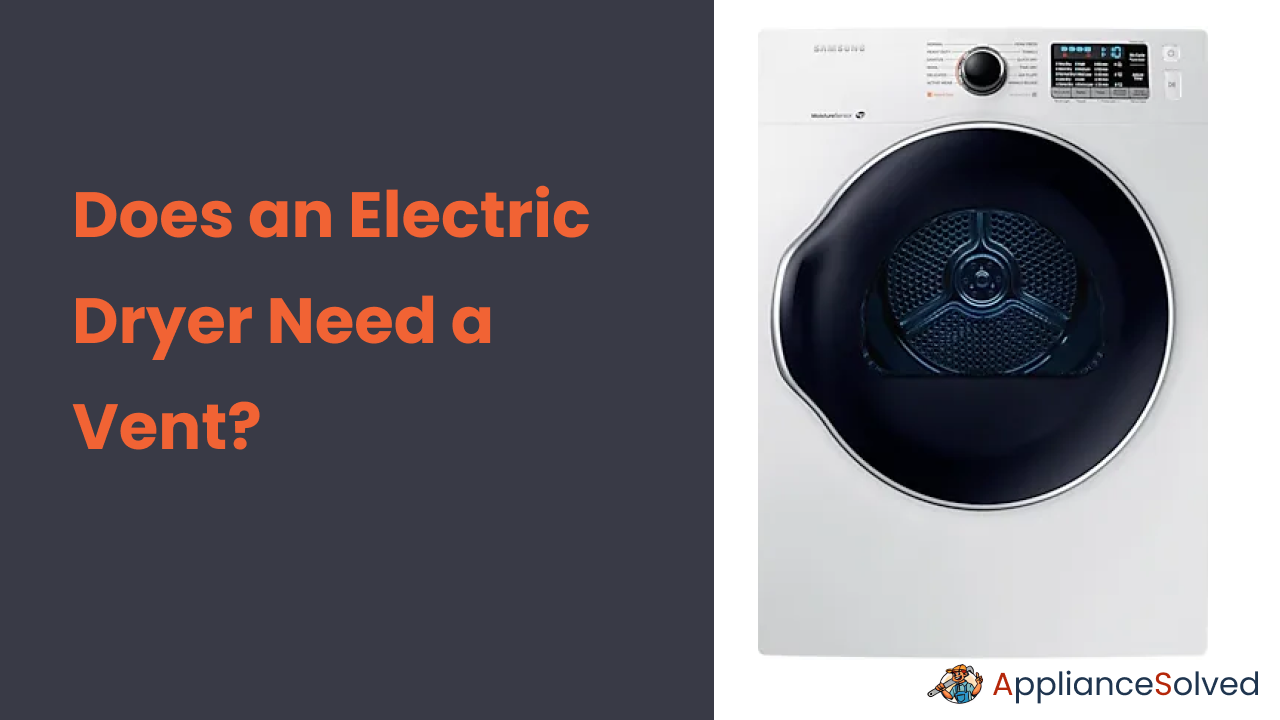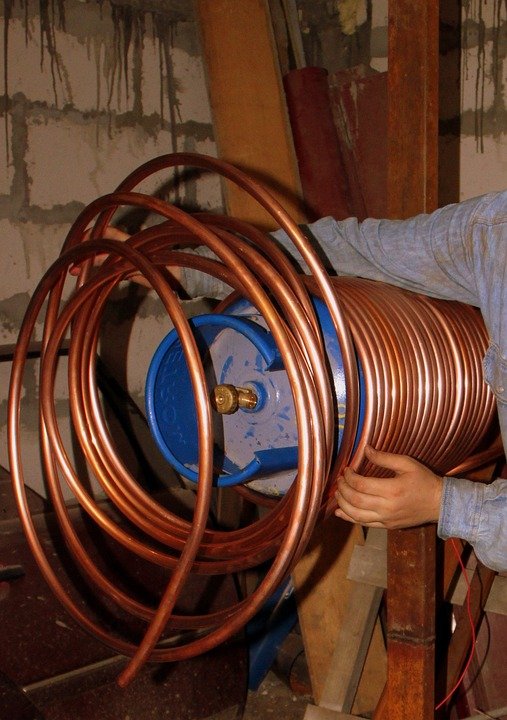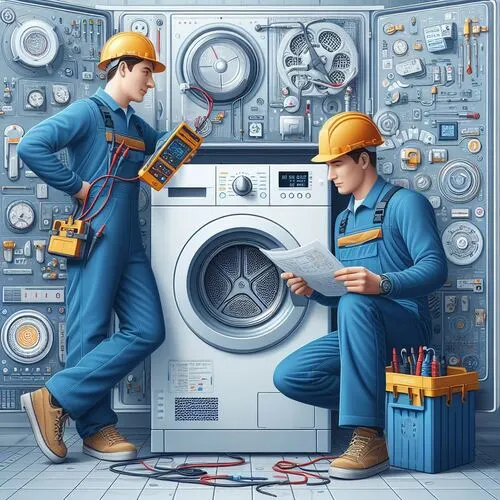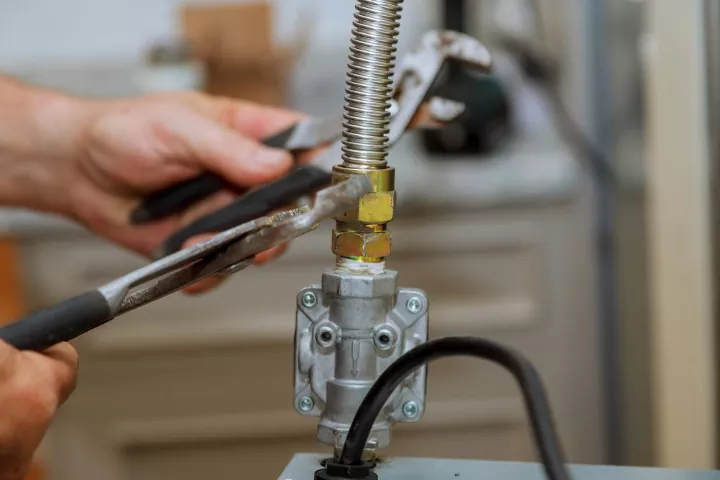Does an Electric Dryer Need a Vent?
Electric dryers are essential appliances in modern households, streamlining the laundry process and ensuring fresh, dry clothes with convenience and efficiency. As electric dryers operate, they generate hot air to remove moisture from the clothes, leaving them dry and ready to wear. However, a critical question arises: Does an electric dryer need a vent? Understanding the significance of dryer vents is crucial for optimizing the performance, safety, and longevity of these appliances.
In this article, we will explore the role of dryer vents, the reasons they are essential for electric dryers, potential dangers of not having a vent, the benefits of proper venting, and guidance on installing a vent system for optimal dryer operation. Whether you are a homeowner considering a new dryer purchase or seeking to upgrade your existing setup, this article will provide valuable insights into the necessity of a vent for electric dryers.
What is an Electric Dryer?
Electric dryers are commonly used household appliances designed to efficiently dry clothes and fabrics. Unlike their gas counterparts, these appliances rely on electricity to power the heating elements that generate hot air for the drying process, check Can You Convert Electric Dryer to Gas guide. The proper functioning of electric dryers is essential for effective laundry care.
What are Dryer Vents?
Dryer vents are crucial components of electric dryers that facilitate the safe and efficient operation of these appliances. They serve the purpose of expelling hot, humid air, and lint from the dryer drum to the outside environment. This process is vital to prevent potential fire hazards, control indoor humidity levels, and optimize drying performance.
Does an Electric Dryer Need a Vent?
Yes, an electric dryer needs a vent. The vent expels hot air and moisture, preventing fire hazards, controlling indoor humidity, and optimizing drying efficiency. Proper venting is crucial for safe and effective dryer operation.
Can you use an electric dryer without a vent hose?
No, Using an electric dryer without a vent hose is not recommended. The vent hose serves a crucial role in expelling hot air, moisture, and lint from the dryer drum. Operating the dryer without proper ventilation can lead to fire hazards, mold growth, and reduced drying efficiency.
Is there a dryer that doesn’t need to be vented?
Yes, there are dryers that don’t need to be vented. Ventless dryers, also known as condenser dryers or heat pump dryers, do not require external venting. Instead, they collect moisture or recycle hot air, making them suitable for homes without venting options
What are the Types Of Dryer Vents?
The types of dryers vents are:
- Vented Dryers
- Ventless or Condenser Dryers
- Heat Pump Dryers

Vented Dryers
Vented dryers are the most common type and require an external venting system to expel hot air and moisture. The venting duct or hose is connected to the dryer, directing the air outside the house or building. Vented dryers are effective and widely used, but they require proper vent installation and regular maintenance to function safely and efficiently.
Ventless or Condenser Dryers
Ventless dryers, also known as condenser dryers, do not require an external venting system. Instead, they use a condensation process to remove moisture from the air, which is then collected in a reservoir or drained away. Ventless dryers are convenient for homes without available venting options, but they may have longer drying times and may increase indoor humidity.
Heat Pump Dryers
Heat pump dryers are a type of ventless dryer that uses a heat exchange process to recycle hot air and remove moisture. They are the most energy-efficient option, as they reuse the hot air rather than expelling it outside. However, heat pump dryers are generally more expensive than traditional vented or ventless dryers.
How Does Dryer Vents Works?
In-depth Working Principle of Dryer Vents
To understand the functionality of dryer vents, it is essential to grasp how they work in conjunction with the electric dryer. As the drying cycle commences, the heating element heats the air inside the drum, which subsequently absorbs moisture from the laundry, some popular issues that electric dryer not heating problem. The hot, moisture-laden air is then pushed out of the drum through the dryer vent.
Significance of Proper Ventilation
Proper ventilation is paramount for several reasons. Firstly, it significantly reduces the risk of fire incidents caused by accumulated lint, which is highly flammable. Secondly, dryer vents play a crucial role in controlling indoor humidity levels, preventing excess moisture that could lead to mold growth and structural damage in the home.
What are the Reasons for Using a Dryer Vent?
Ensuring Safety and Fire Prevention
Failure to install and maintain a proper dryer vent can result in lint buildup, which can lead to restricted airflow and overheating. This condition poses a significant fire hazard as the lint could ignite, leading to potentially catastrophic consequences. Regular maintenance and cleaning of dryer vents are essential to eliminate such risks.
Humidity Control and Mold Prevention
Unvented electric dryers release moisture directly into the laundry area or indoor environment. Elevated humidity levels can create an environment conducive to mold growth, posing health risks to occupants and potentially damaging building materials. Venting moist air outside mitigates these risks, safeguarding both the health of residents and the structural integrity of the dwelling.
Enhancing Dryer Efficiency and Performance
Properly vented dryers experience improved drying times and enhanced energy efficiency. When hot air circulates effectively and lint is promptly expelled, the drying process becomes more efficient, reducing energy consumption and utility costs. Additionally, a well-maintained dryer with a clear vent system will experience less wear and tear, extending the lifespan of the appliance.
What Situations a Dryer Vent is Essential?
Building Code Requirements and Regulations
Most building codes and regulations mandate the installation of dryer vents in residential and commercial properties. Compliance with these requirements ensures the safety of occupants and adherence to industry standards. Failure to meet these codes could lead to legal consequences and increased insurance risks.
Multi-unit Dwelling Considerations
In multi-unit dwellings, such as apartments, condominiums, and shared laundry spaces, proper venting is critical to prevent the spread of lint, moisture, and heat from one unit to another. Well-designed venting systems should be installed to ensure each unit operates independently, maintaining optimal safety and comfort for all residents.
What are the Alternatives to Traditional Dryer Vents?
Ventless or Condenser Dryers

Ventless or condenser dryers offer an alternative to traditional vented electric dryers. These models utilize innovative technologies to extract moisture from the air and store it in a container or discharge it through a drain. While they provide flexibility in installation, they may have limitations in terms of drying capacity and longer drying times.
Heat Pump Dryers
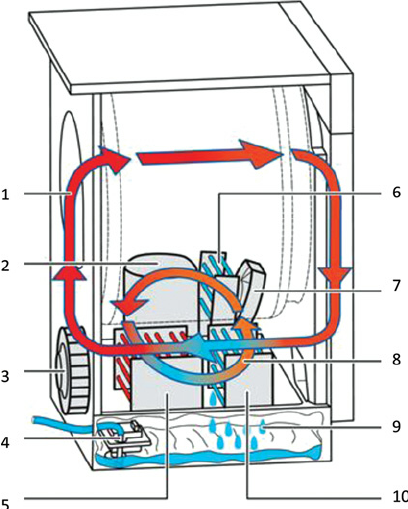
Heat pump dryers are a more energy-efficient alternative to both traditional vented and ventless dryers. They utilize a heat exchange process to recycle hot air, reducing energy consumption and minimizing environmental impact. However, they generally come at a higher upfront cost.
What are the Maintenance and Cleaning of Dryer Vents?
Importance of Regular Maintenance
Regular maintenance, including inspection and cleaning of dryer vents, is crucial for optimal dryer performance and safety. Homeowners should establish a routine maintenance schedule and seek professional assistance if needed to ensure that the vent system remains free of lint and debris.
Step-by-step Cleaning Procedures
Cleaning dryer vents involves a systematic process to disassemble, clean, and reassemble the venting system properly. The use of appropriate tools and equipment, such as lint brushes and vacuum attachments, is essential for thorough cleaning. Homeowners should follow manufacturer guidelines or consult professionals for detailed instructions.
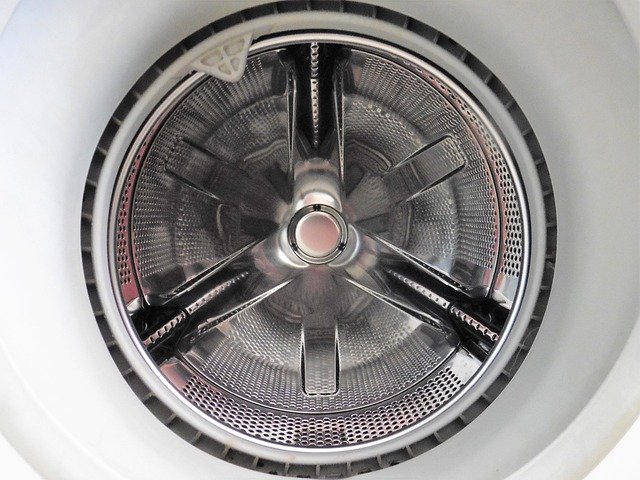
How To Install A Vent For Electric Dryer?
Gather Necessary Materials
Before starting the installation, gather the required materials, including a venting duct or hose, clamps, screws, a vent cap, and appropriate tools like a screwdriver and drill.
Determine Venting Route
Choose the most efficient and direct route for the venting system from the back of the dryer to the outside. Consider factors such as wall structure, obstructions, and optimal vent placement for safe and effective operation.
Cut an Opening
Create a hole in the wall or ceiling, ensuring it matches the size of the venting duct or hose. Use a template or appropriate cutting tools to achieve a clean and accurate opening.
Connect the Venting Duct/Hose
Attach one end of the venting duct or hose to the back of the dryer and secure it with clamps or screws. Carefully feed the other end through the opening in the wall or ceiling.
Install the Vent Cap
Place a vent cap on the exterior end of the venting system to prevent outdoor elements, such as rain and pests, from entering. Secure the vent cap in place, ensuring it is properly sealed to the wall or exterior surface.
Test the Ventilation System
Turn on the dryer and verify that hot air is being expelled through the vent cap outside. Check for any leaks or obstructions and make any necessary adjustments to ensure proper venting.
Final Inspection
Inspect the entire venting system for secure connections and proper alignment. Conduct regular maintenance, including cleaning the vent, to prevent lint buildup and maintain optimal dryer performance.
Where do you vent an electric dryer?
An electric dryer is typically vented to the outside of the house. The venting duct or hose is connected to the back of the dryer and directed through a hole in the wall or ceiling to expel hot air, moisture, and lint outside.
How do you vent an electric dryer without a vent outside?
Venting an electric dryer without a vent outside can be challenging, but there are alternatives. Ventless dryers, such as condenser dryers and heat pump dryers, do not require an outside vent. Instead, they capture moisture or recycle hot air, allowing for more flexible installation options.
Addressing Common Concerns
Dealing with Space Constraints and Limited Venting Options
In scenarios where space is limited, such as apartments or compact laundry areas, creative solutions can be employed, such as using periscope vents or venting through walls or ceilings. However, it is essential to balance space considerations with safety and efficiency.
Noise Reduction Measures for Dryer Vents
To minimize the noise generated during dryer operation, homeowners can use noise-dampening materials, such as rubber hoses or insulation, along the venting system. Care should be taken not to obstruct the vent flow, as this can compromise the dryer’s performance.
Dealing with Lint Accumulation and Blockages
Homeowners should be vigilant in detecting lint accumulation and blockages in the vent system. Regular cleaning, at least once a year, will help prevent these issues. Signs of restricted airflow, such as extended drying times or excessive heat, should prompt immediate investigation and cleaning.
Conclusion
Does an electric dryer need a vent? Electric dryers require a properly installed venting system to function safely, efficiently, and effectively. Vented dryers expel hot air and moisture outside, reducing fire hazards, controlling indoor humidity, and improving drying performance. Alternatively, ventless options, such as condenser and heat pump dryers, offer flexibility in installation but come with their own considerations. Proper installation and regular maintenance of dryer vents are essential to enjoy the full benefits of an electric dryer while ensuring the safety and well-being of occupants.
FAQs Does an Electric Dryer Need a Vent
What is the purpose of a vent for an electric dryer?
The vent expels hot air, moisture, and lint from the dryer drum to the outside environment. This prevents fire hazards, controls indoor humidity, and enhances drying efficiency.
Can I use my electric dryer without a vent?
It is not recommended to use an electric dryer without a vent. Without proper ventilation, the dryer’s performance may be compromised, and there is an increased risk of fire and mold growth.
What are the dangers of not having a vent for an electric dryer?
Not having a vent can lead to lint buildup, restricted airflow, and overheating, increasing the risk of lint-induced fires. It also raises indoor humidity levels, promoting mold growth and compromising indoor air quality.
Are there any benefits of having a vent for an electric dryer?
Yes, using a vented electric dryer improves fire safety by expelling flammable lint. It also helps control indoor humidity levels, preventing mold growth, and enhances drying efficiency for faster, more energy-efficient drying.
What are the alternatives to a traditional vented electric dryer?
Ventless or condenser dryers and heat pump dryers are alternatives that do not require external venting. They collect moisture or recycle hot air, making them suitable for homes without available venting options.
How do I install a vent for my electric dryer?
To install a vent, gather necessary materials, determine the venting route, cut an opening in the wall, connect the venting duct/hose to the dryer, install a vent cap outside, and test the ventilation system for proper operation. Seek professional help if needed.
How often should I clean my dryer vent?
Cleaning the dryer vent is crucial for safety and efficiency. It is recommended to clean the vent at least once a year, or more frequently if you notice signs of reduced drying performance or lint accumulation.

